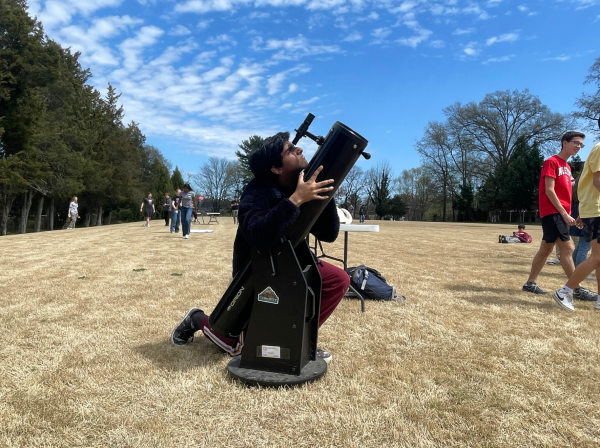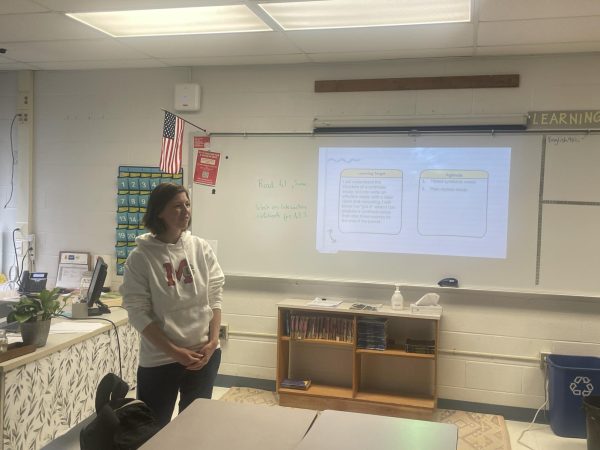Blasting into a new field of science
Launching the Parker Space Probe promotes more careers in astronomy

Photo obtained via Google images through Creative Commons
The Parker Space Probe is the first to come in such close proximity to the sun.
November 30, 2018
As the projectile carrying the Parker Solar Probe was being launched on Aug. 12, 2018, all the years spent towards that moment were reflected by the engineers’, physicists’, and astronomers’ faces as the probe was taking off, carrying with it the hopes and dreams for advances in science. However, students, teachers, and entire communities remain unaware of this launch itself, the discoveries of NASA, or even the importance of astronomy. This is one of the most prominent reasons why careers in astronomy are rare.
“Many students do not understand the richness of the opportunities of not only astronomy but math, architecture and other fields of study,” spokesperson of NASA Thomas Zurbuchen said.
The Parker Space Probe has proven to be one of the innovations that is predicted to go int the history books, and through such discoveries and innovations, there are hopes of inspiring young students to purse fields related to astronomy. Breaking numerous records including, the first solar probe to come to such proximity to the sun, and the first to use the planet Venus’ orbit for acceleration, this probe is expected to find much more about our universe especially the stars in the galaxy, yet many are still reluctant towards pursuing careers within astronomy.
“[The probe] has already broke many records such as being the closest probe to the sun,” Zurbuchen said.
The sun is such a main focus for the Parker Space Probe because it is the celestial body which enables all life on Earth, yet there are a number of unanswered questions pertaining to not only the sun, but also all the stars existent in the galaxy. One area of interest is that the atmosphere of the sun is hotter than the actual surface of the planet itself. Ultimately researchers are willing to find out why this phenomenon occurs according to the research conducted by NASA.
One of the greatest challenges while building the probe was designing it to resist the extreme heat of the sun and this technology starting to be utilized with fire fighters to create mechanisms which have greater resistance to heat and flammability according to Red Zone. The difficulty associated with careers in astronomy are another reason why such careers are so rare.
“It requires a lot of study because you need to get a PHD in one [study] and a major in another,” sophomore Narisara Mayer said.
This indicates that the Parker Space Probe is not limited to only discover celestial objects in the future, but it has aided local communities in numerous ways.
“The probe has already served to benefit communities as new technologies to resist fire and heat were discovered through the process of engineering the probe,” Zurbuchen said.
With all these new breakthroughs in astronomy, one thing is clear: astronomy has extensive possibilities. However, many students are unaware of the benefits of exploring careers in astronomy or science careers of such. With this digital age, many students are limited to only the careers they are exposed to by their communities and Online.
“I am afraid that students do not spend as much time in nature being inspired by different things in life because of the current culture with phones and television,” Zurbuchen said.
Despite the rare appearance of astronomy careers, an astronomy course is offered at McLean which several students are interested in.
“I’m actually on the astronomy team for Science Olympiad and I intend to take the astronomy class later,” Mayer said.
Astronomy teacher Andrew Diller has been inspired to teach astronomy to students through the massive expanse of the sky and how undiscovered it still remains.
“While I was in Florida, I was in the beaches at night a lot which gave me a chance to look up to see what’s going on [in the sky],” Diller said
Regardless of the other prominent careers that are viewed as valuable to many students, some still remain inspired by the sheer scale of the universe and the stars in the sky come in such close proximity to the sun.












